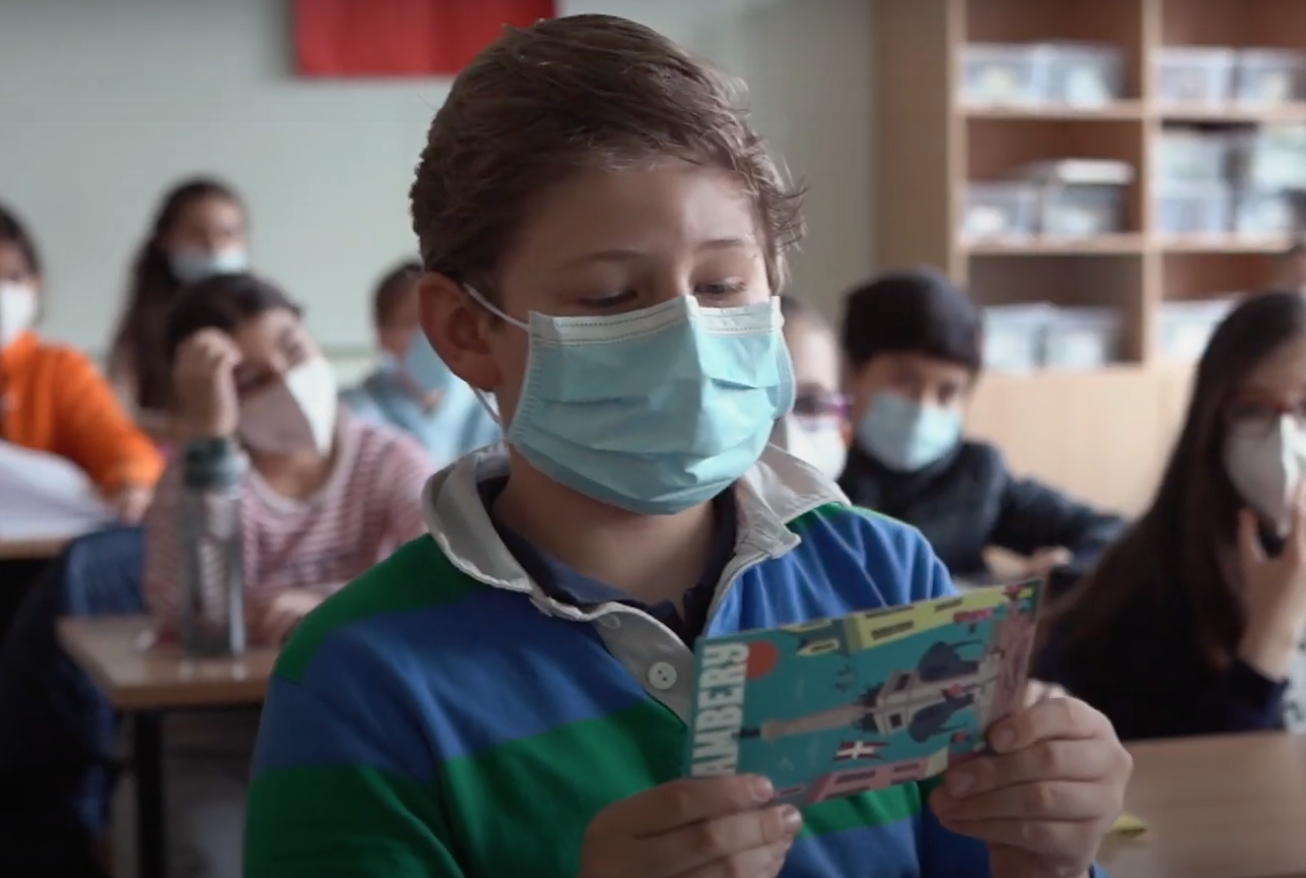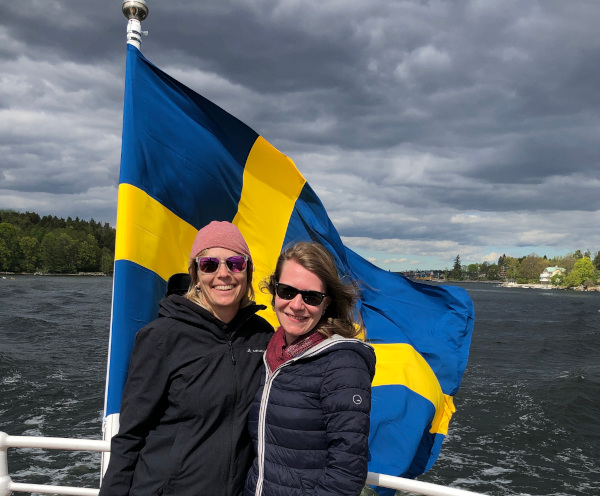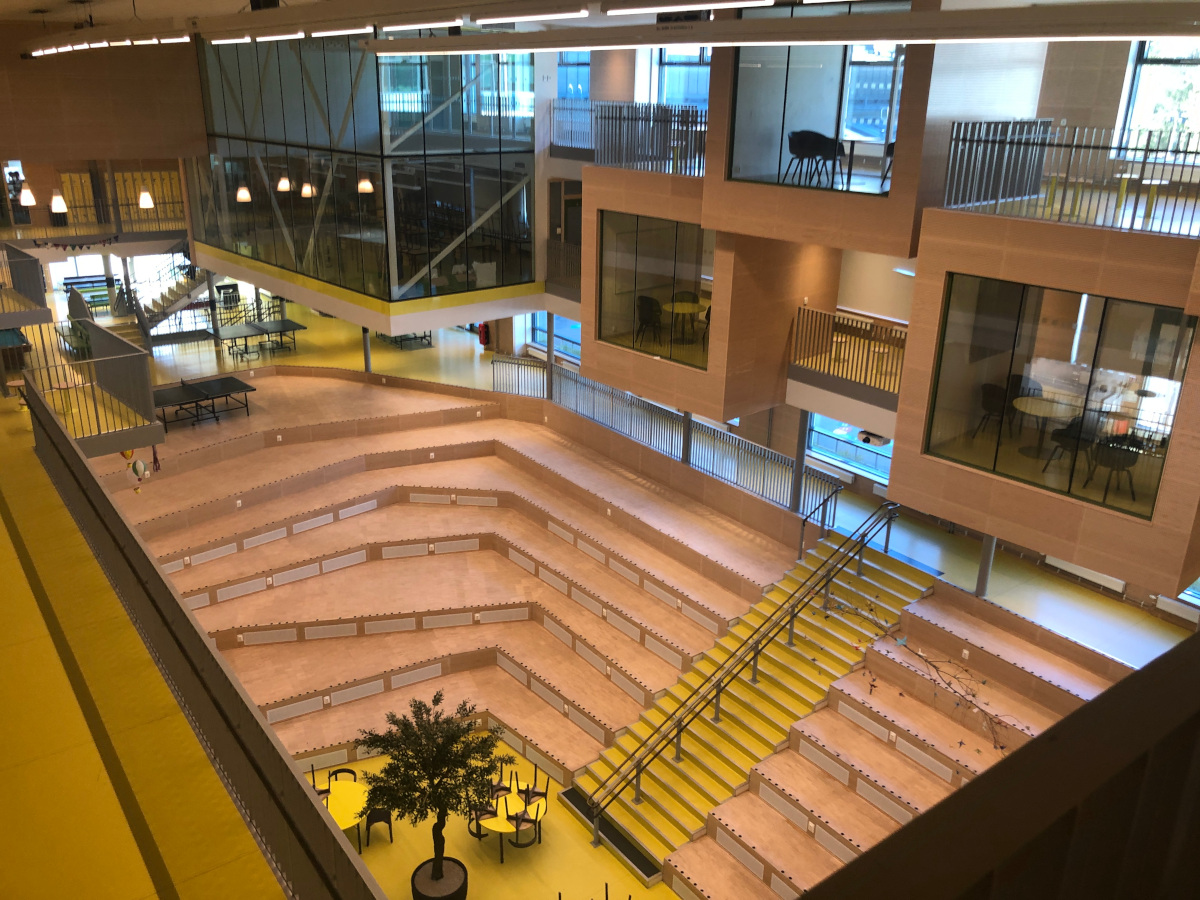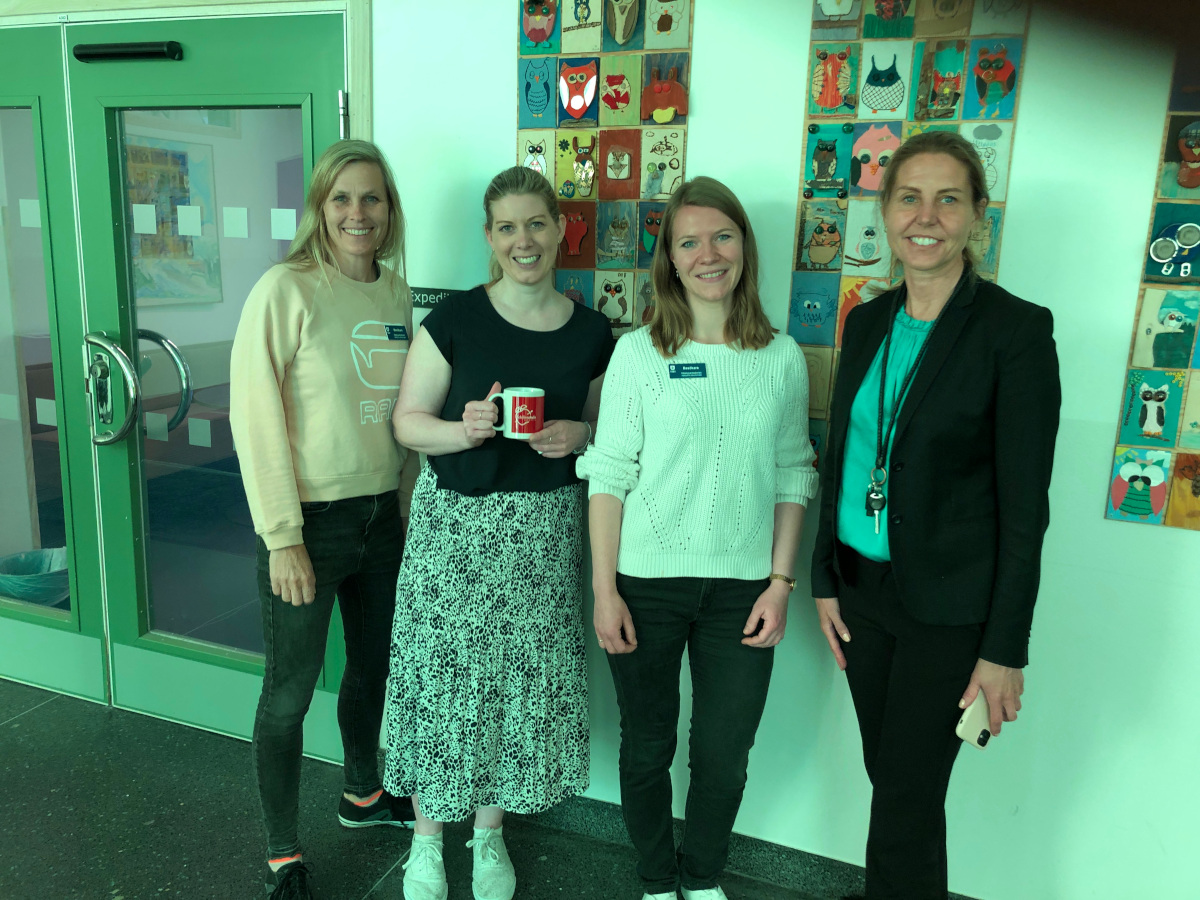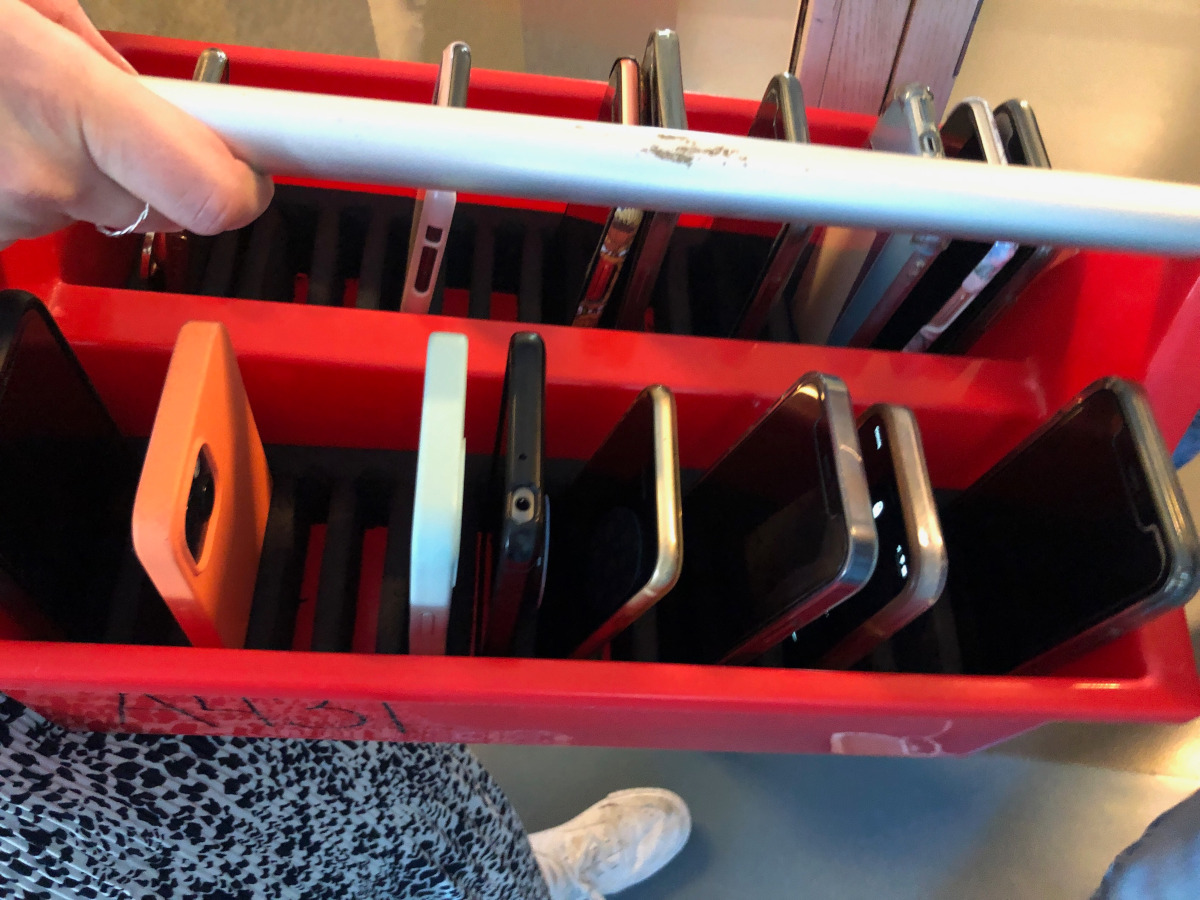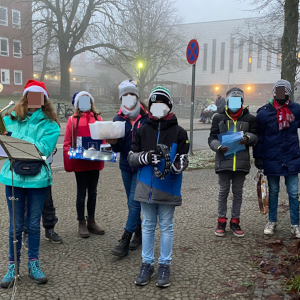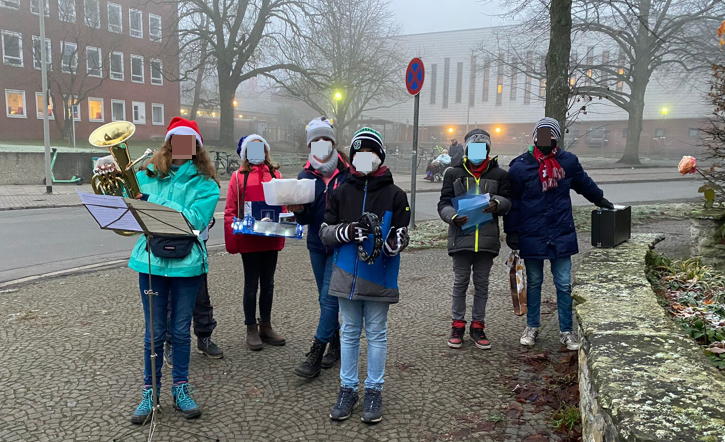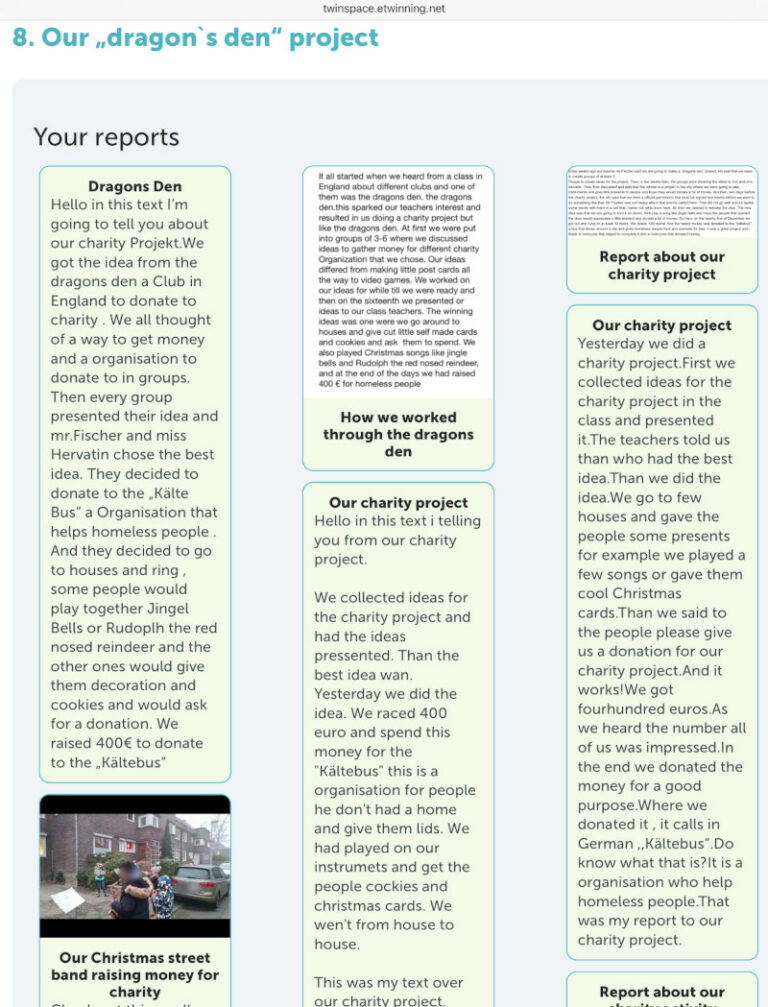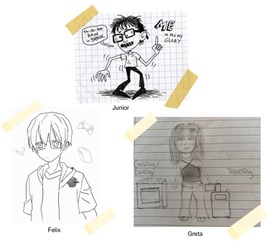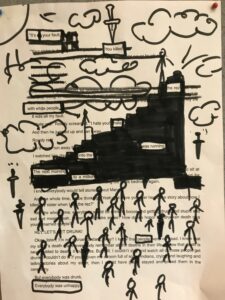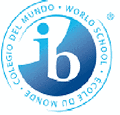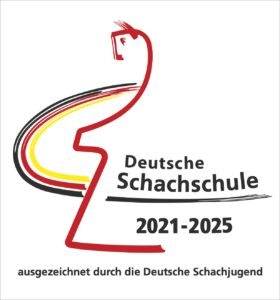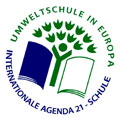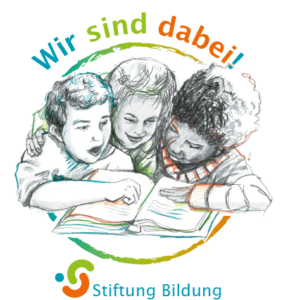Everyone of us knows culture, and everyone of us has its own culture. But how do we really define it? Do all of us perceive certain cultures in the same way? And how much can cultures differ from one another? About these and so many more questions, we recently talked about in our year 12 higher level English class with Mr. Fischer and a special guest: Ranjeet Jain, the father of one our fifth grade students. He did us the honour of sharing his perception of culture with us and he gave us some insights on his Indian background, cultural norms and, some intercultural differences between India and Germany, which I am going to present to you now.
The Basics of Culture
It is important to state a clear definition for the word „culture“, because the perception of it may differ from person to person. According to Mr. Jain, the general definition would be something like; „how things are done around here.“ It means that culture is basically the way a community handles certain things. However, everyone has a subjective view on that, which is why it is hard to put one culture into a specific box. Mr. Jain gave us the example of the United States; Brazil sees America as rather busy, systematic and cautious while Japan perceives them as relaxed and careless. Therefore, culture can be labelled as pretty relative.
The Dimensions of Culture
To get an even further understanding of culture, we were introduced to „Hofstede’s Cultural Dimensions“ which is a model by the Dutch social psychologist Geert Hofstede. It shows the effects of a society’s culture on the values of its members and how these values relate to behaviour. This model consists of five basic factors including „Power Distance“, „Individualism vs. Collectivism“, „Masculinity vs. Femininity“, „Uncertainty Avoidance“ and „Long-term vs. Short-term.“
The Differences of Culture
Mr. Jain showed us the intercultural differences between India and Germany by using Hofstede’s model of cultural dimensions. He explained that Germany can be seen as masculine, individualistic and of less power distance, whereas India is perceived as more collective and of high power distance. This means that German culture can be looked at as a society in which social gender roles are clearly distinct, in which everyone is more focused on his personal goals than the collective, and in which everyone can speak up their mind regardless of their social status. Unlike Germans, Indian people think more about others and how certain decisions would have an effect on their families and the society than thinking individualistically. In addition, hierarchies are extremely respected in India, which means that you would not simply speak up and say when anything bothers you, but you would give in to your superior even if you think they are wrong. Besides that, Mr. Jain used some other terms to distinguish between Germany and India. He mentioned the aspect of high and low context, as well as the aspect of polychronicity. High context would be, for example, that when you want to ask your parents for permission to go somewhere, you have to talk and explain a lot before coming to the point, and asking what you really want. Contrary to that, low context means being straight-forward. Polychronicity is when you think of time as flexible, and when you don’t care being a bit late. Therefore, Germany is a culture with a low context and definitely not polychronic, whereas India has a high context and is considered to be polychronic, according to Mr. Jain.
The Uniqueness of Culture
Even though everyone could learn something from someone else, and basic human rights should be seen as a necessity regardless of one’s culture, Mr. Jain stated clearly that every culture is perfect the way it is. You should always respect the customs and traditions of one’s nation. There is no „flawless culture“ or something like that. This is the reason why everyone should embrace its culture and should not try to change other ones. This is where we can draw a line back to the beginning of this article: culture is relative and perceptions are subjective. What do you think about that topic? Do you share Mr. Jain’s perspective?
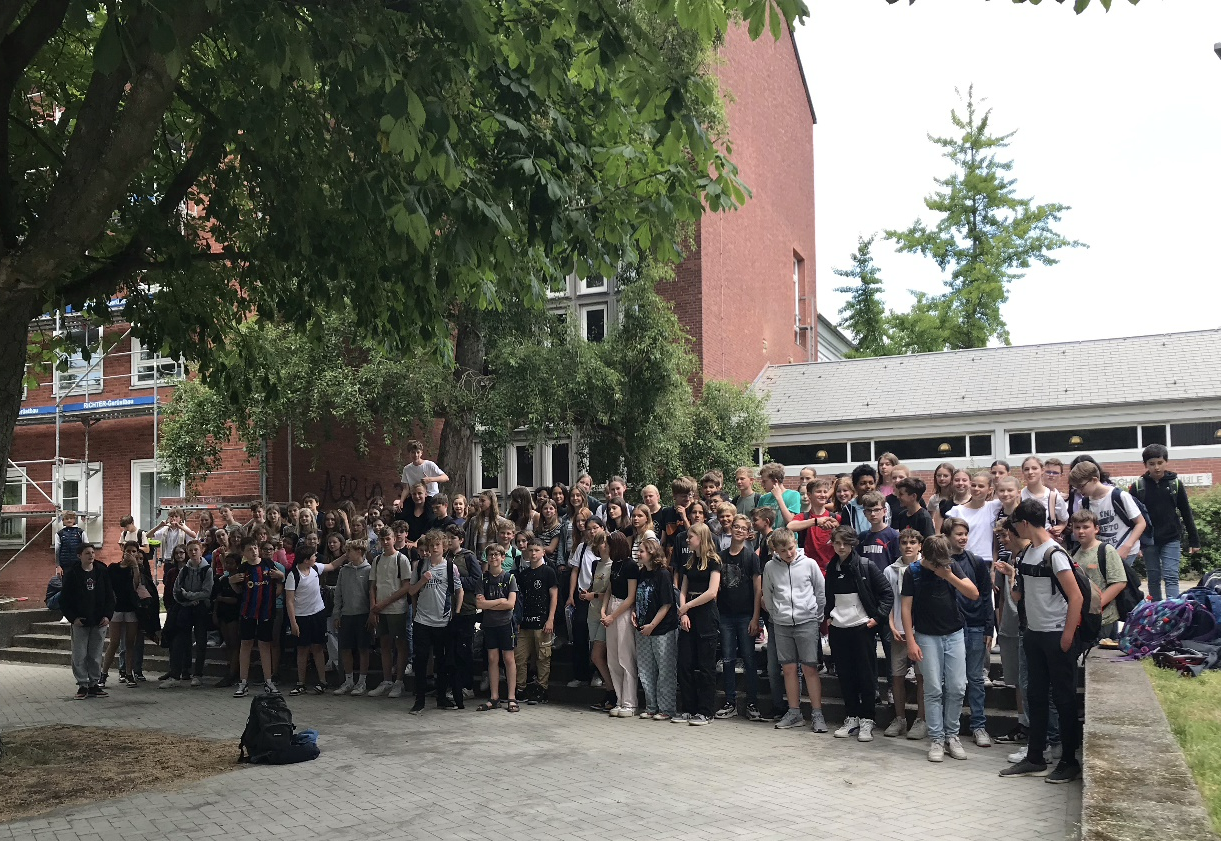


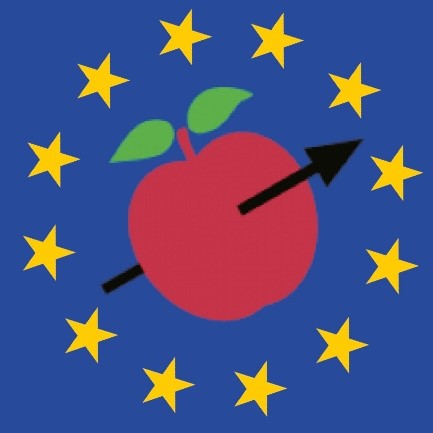
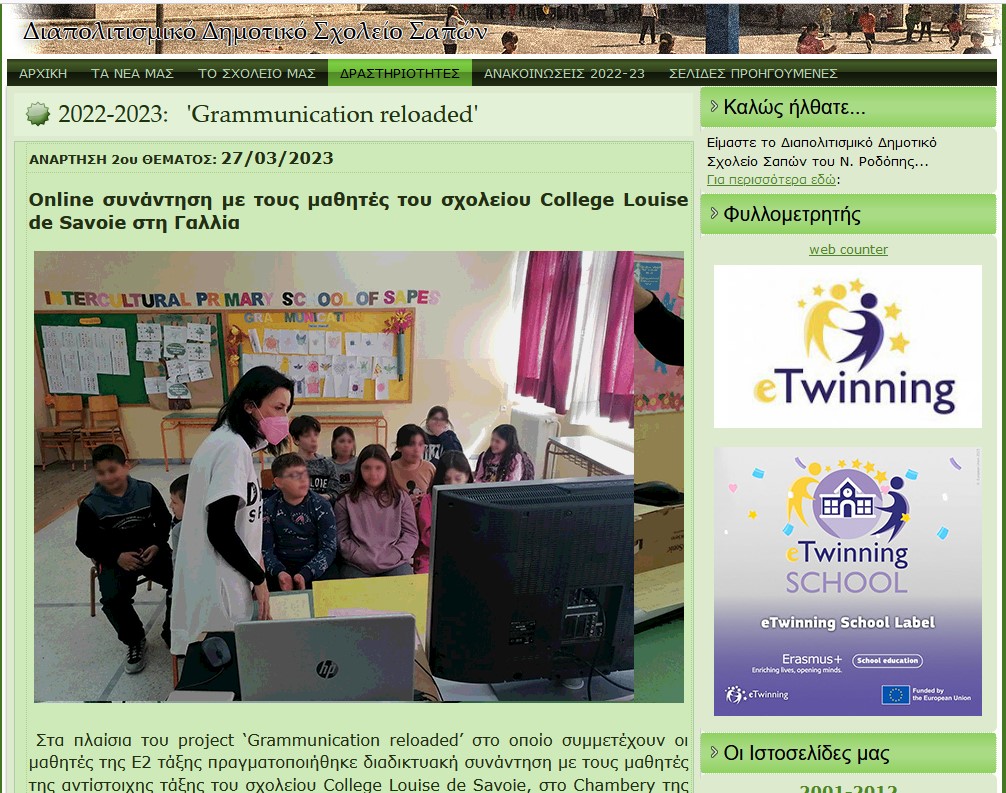
 Das ganze findet in der Verkehrssprache Englisch statt. Die Klasse 5d wird sich für ein eTwinning-Siegel bewerben. Jetzt heißt es Daumen drücken, dass die Jury das Projekt genauso gut findet wie die Lehrerinnen und Schülerinnen!
Das ganze findet in der Verkehrssprache Englisch statt. Die Klasse 5d wird sich für ein eTwinning-Siegel bewerben. Jetzt heißt es Daumen drücken, dass die Jury das Projekt genauso gut findet wie die Lehrerinnen und Schülerinnen!